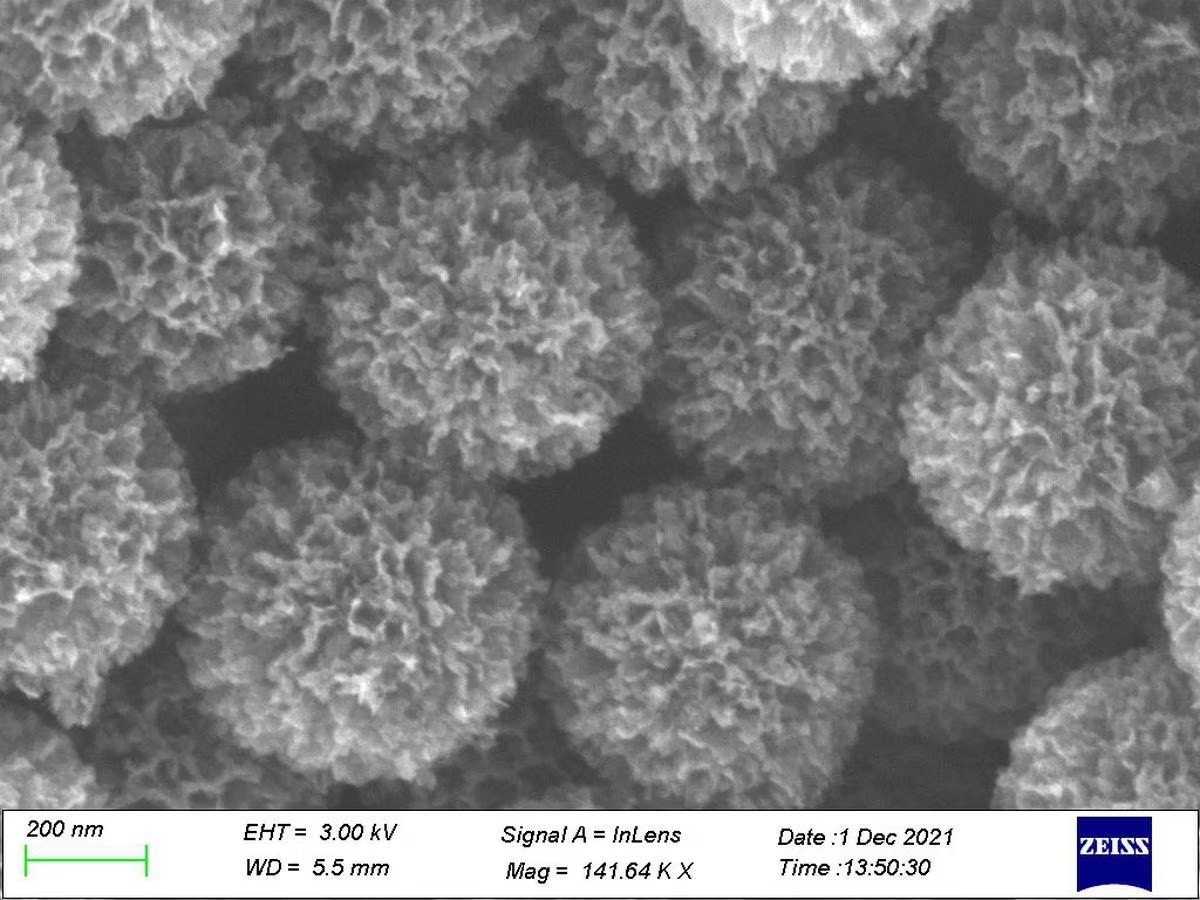
Carbon nano fluorate

06.11.2023
Carbon nano fluorate , Daily Current Affairs , RACE IAS : Best IAS Coaching in Lucknow
|
For Prelims: About Carbon Nanoflorets, Process of Making Carbon Nanoflorets, Benefits |
Why in the news?
Recently, researchers at IIT Bombay found in their study that carbon nano fluorate can convert incident sunlight into heat.
Important points:
- Carbon nano fluorate created by researchers at IIT Bombay can convert incident sunlight into heat with 87% efficiency.
- It can absorb multiple frequencies of sunlight, including infrared, visible light, and ultraviolet, in stark contrast to conventional solar-thermal materials, which typically absorb only visible and ultraviolet light.
- This observation of carbon nano florets was done by the researchers through a microscope.
About Carbon Nano Florets:
- Carbon nano florets are like tiny marigold flowers made only of carbon, the material is called carbon nano floret.
- They have the unprecedented ability to absorb sunlight at multiple frequencies and convert it into heat with extraordinary efficiency.
- The high efficiency of carbon nano fluorescents comes from three properties.
-
- They can absorb infrared, visible and ultraviolet light, unlike traditional solar-thermal conversion materials, which only absorb visible and ultraviolet light.
- As light hits the material, the carbon cones ensure that very little light is reflected back.
- Parts of a structure at some distance from each other have different physical properties. As a result, heat waves do not travel long distances in the material, reducing the amount of heat lost.
Process of making carbon nanoflorets:
- Carbon nano florets are like tiny marigold flowers made only of carbon.
- The researchers heated a special form of silicon dust in a furnace called DFN (dendritic fibrous nanosilica).
- Once heated, acetylene gas is injected into the chamber.
- The entry of acetylene gas into the chamber facilitates carbon deposition, causing it to blacken.
- The white powder turned black, indicating that carbon had been deposited on the DFNS.
- They then collected the black powder and treated it with a strong chemical that dissolved the DFNS, leaving the carbon particles behind.
- The structure of the silicon particles – 50–1,200 nanometers in size – resemble spikes arranged around a sphere.
- They reported that these nano florets can absorb sunlight at multiple frequencies and convert it into heat with unprecedented efficiency.
- The nano florets did not readily dissipate the heat generated in the environment, making the material a good candidate for heat transfer.
- Nanofluoresce convert absorbed light energy into thermal energy
Benefit :
- Carbon is cheap and nano florets can generate heat continuously, without burning fossil fuels.
- They could offer a sustainable solution to heating homes.
- Its development has the potential to revolutionize sustainable heating solutions while reducing the carbon footprint.
- They offer sterilizing surfaces in hospitals without relying on fossil fuels.
- A one square meter coating of carbon nano florets can evaporate about five liters of water within an hour, surpassing the performance of commercial solar stills.
Carbon nanofluoride are ideal for water heating applications, providing a sustainable and cost-effective solution that reduces reliance on fossil fuels.